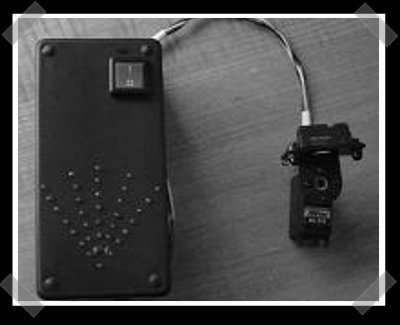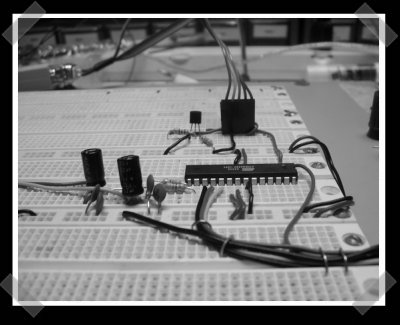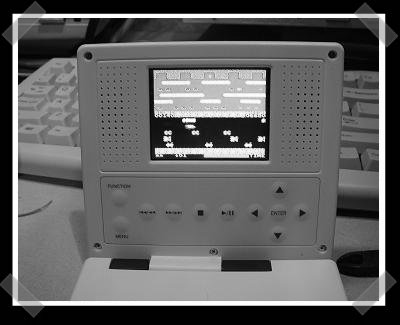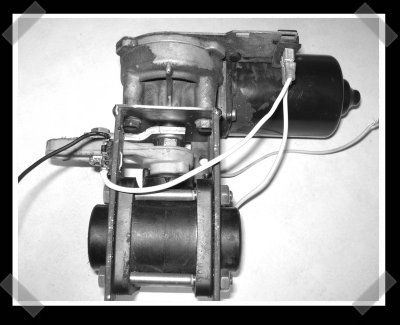![]()
[Joel] sent in his efforts to build an inexpensive 360 degree head tracking display. He’s using a Playstation six axis controller as the key to his helmet tracking system. The demo is short and to the point. He’s using the usual Glovepie driver to provide the software interface and what looks like off the shelf hardware on the helmet.
What really grabs my attention is the low cost of getting into VR now. Assuming that you own a computer, you can build your own VR setup for the cost of a Playstation controller and a cheap heads up display. (Remember these?)
















